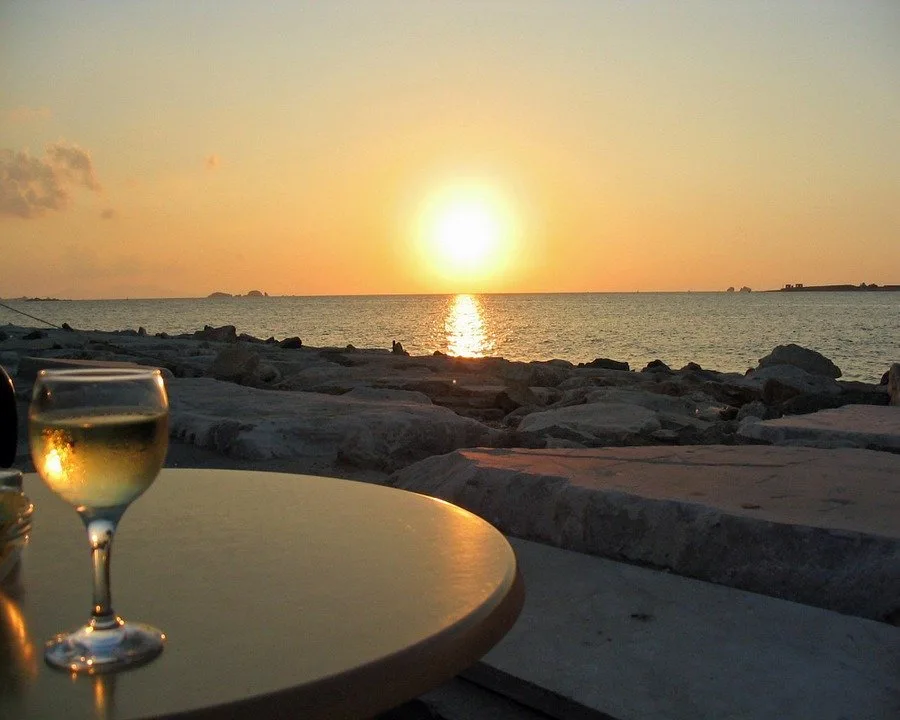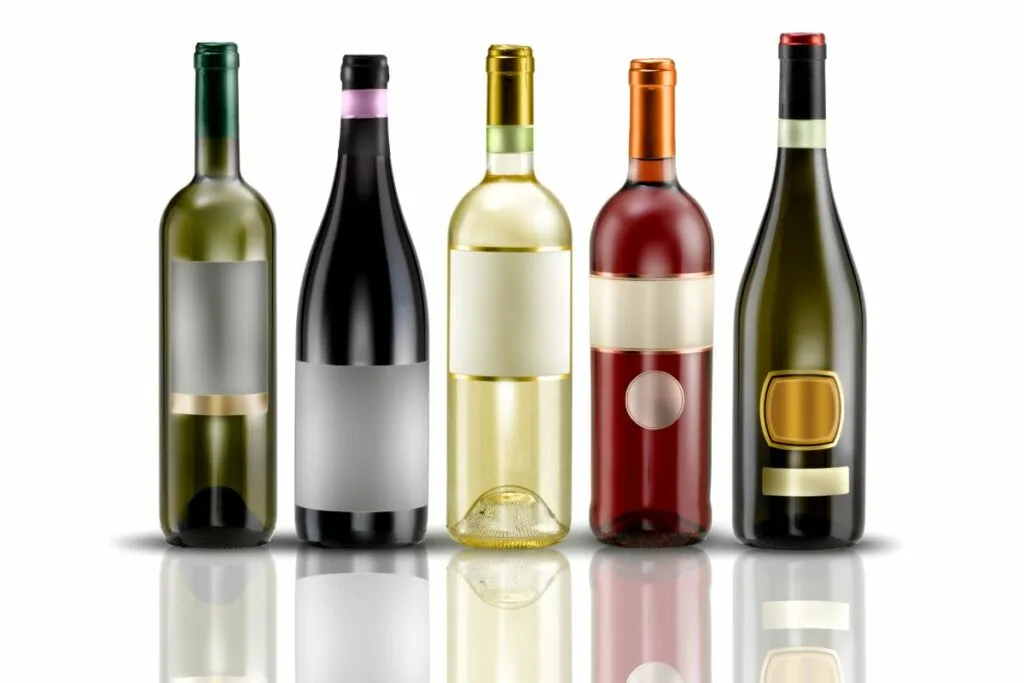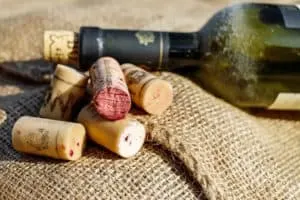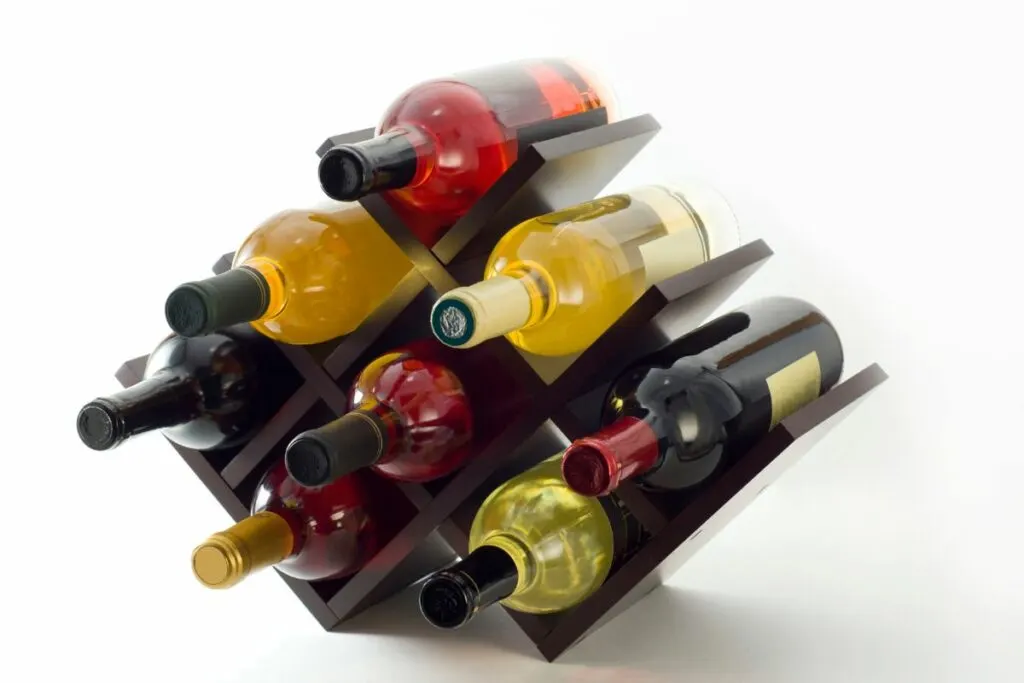As an Amazon Associate, I earn from qualifying purchases with no additional costs for you.
Wine can be a little temperamental when it comes to how it is stored. Therefore, if you are storing wine to drink later, it is essential to know what guidelines to follow to ensure your wine will taste how you expect it to taste. One of the elements that impact the taste of wine is its exposure to light.
Can wine be stored in the sunlight? No, wine should not be stored in sunlight. Preferably, wine should be stored in darkness. If you must use light, it is best to use LED lights.
Light is an issue for wine, but not all light is created equal. In this article, you will learn how sunlight affects wine, other lights that can affect wine, and how you can keep your wine protected.

TIP: If you want to check out the best refrigerator for wine storage, I recommend trying out the Avation (18 bottles) compressor refrigerator with Wi-fi smart app control cooling system. You can find this refrigerator by clicking here (Amazon link).
Light-struck Wine
A wine that is exposed to light enough to alter the experience of drinking is said to be light-struck. Light-struck wine both smells and tastes awful, and the wine cannot be returned to its previous state.
The smell of light-struck wine is often compared to the sulfur smell of cooked cabbage, wet cardboard, wet wool, and wet dog. Because the sense of smell is so closely related to the sense of taste, these aromas are off-putting.
What Happens to Wine in the Light?
The ultraviolet (UV) rays of the sun degrade wine and cause it to age too quickly. A study called “The Effect of Ultraviolet Light on Wine Quality” done by WRAP revealed that the short wavelengths of UV light cause a chemical reaction in wine that impacts not only how the wine tastes but also how it smells.
The tannins in wine help protect wine from this chemical reaction, and tannins are more prominent in red wines. Red wines are less susceptible than white wines, but all wines experienced degradation in the study.
When the light hits the wine, it creates a reaction that forms sulfurous compounds leading to the “cooked cabbage” scent of light-struck wine.
TIP: Read this guide to find out the correct white wine storage methods. Are there different rules for storing red wine? Find out here.
The Power of Light
There is a whole range of light on the light spectrum. Visible light is the light that harms wine. When you look at the spectrum, it is the blue light that has consumers of wine and winemakers concerned.
The light at the blue end does more damage than the light at the red end. The blue end has shorter wavelengths so that light carries the most energy and does the most harm.
Don’t the Bottles Stop the Light from Getting In?

Amber is the most protective glass bottle because it blocks UV rays well. Green glass bottles will cut out about half the UV light penetration, while clear glass hardly helps at all.
Even though amber glass is the best at blocking UV rays, winemakers do not usually choose it to bottle their wine. Green is most used because it is inexpensive to mass-produce.
Some winemakers like to use clear bottles because it shows off the color of the wine, and, often, their intention is for the wine to be consumed quickly.
TIP: Find out more about the color of wine bottles and why this is important here. Have you ever wondered if wine ages when stored in bottles and barrels? This article answers the question!
How Fast Does Light Damage Wine in a Clear Glass Bottle?
“Sensory Study of the Effect of Fluorescent Light on a Sparkling Wine and Its Base Wine,” a study by N.M Dozen and A.C Noble, revealed that, in a green bottle, the wine was damaged after 18 hours of light exposure.
In a clear bottle, damage to the wine was detected in just over three hours of light exposure. The study highlighted the necessity of clear wine bottles to be coated in a UV later to protect delicate wines.
How Does the Light Do Its Damage?

For light to damage your wine, the light must first get through the glass bottle itself. Therefore, the color of the bottle is important. If the light can pass through the glass bottle, the light wavelengths are absorbed by the wine.
- White wine allows most of the visible light to pass through.
- Red wines only allow the red end of the spectrum to pass through.
- Rosé wines also do an excellent job of absorbing light at the blue end and allowing only light from the red end to pass.
TIP: A suitable wine glass is the basis for enjoying well-being while drinking your favorite wine variety. Here are our favorite ones (Amazon link):
- Bormioli Rocco Crystal Wine Glasses: A set of eight elegant and traditional wine glasses made in Italy for a reasonable price.
- Riedel VINUM Wine Glasses: Luxury set of two wine glasses suitable for any occasion. We just love them!
- Schott Zwiesel Tritan Crystal Glasses: If you like unusual alternatives, a set of six stemless glasses made of crystal glass.
Why the Difference?
There are natural elements of wine that help protect it, and these elements are what make various wines have different reactions when exposed to sunlight. Wine contains something called phenols, and phenols are more abundant in red wine compared to white.
Tannins are phenolic compounds and are in darker-colored grape skins. The fact that tannins are more present in darker wines explains why rosé and red wines fare better in the sunlight compared to white wines.
Other Kinds of Light
Not all light is created equal when it comes to storing wine. Consider the following light options carefully.
- Fluorescent lights, often favored by shops, can cause a wine to become light-struck. Fluorescent lights emit UV light, which is what affects a wine the most.
- Incandescent light does not emit as much UV light, but they get warm, and heat harms wine, as well.
- Your best option is LED lights because they are not just energy-efficient, but they do not emit heat or UV light.
TIP: To learn if the wine should be stored at room temperature, check out this comprehensive article. Can wine be stored in the dark? Find out here.
Light in the Store
When you walk into a store looking to pick up your favorite bottle of wine to enjoy for dinner, be mindful of where the store has placed its wine.
- Pick a wine that is not near a window or exposed to direct sunlight in any way.
- Look for a wine that is stored horizontally. This positioning keeps the cork moist during storage.
- If you are buying white wine, check the color to ensure it has not darkened to an amber color. A bottle of red wine will become more brick-colored than red if it has been compromised.
How to Store Wine at Home

Some tips for storing wine at home include:
- Protect your wine from light. Try to keep your wine in the dark as much as possible. Use LED bulbs if you must have some light but storing in darkness is the best plan.
- Protect your wine from vibrations. You do not want to have your wine next to a wall that vibrates from loud music or a laundry room, for example.
- Humidity can be rough for wine. If it is too dry, the cork will dry out, allowing oxygen into the wine. You want the moisture to be around 60-68%.
- The temperature of wine matters, as well. Ideally, your wine should be stored between 55 degrees and 68 degrees. If it is too warm, the wine will expand and push the cork out. This will cause the wine to leak out, and the oxygen will ruin the wine left in the bottle. If you are unlucky, the cork will pop out, creating a rather large mess.
- If you open a bottle of wine and do not finish it, recork the wine as tightly as possible. If your cork is not reusable, buy a vacuum pump to remove air or use a rubber stopper to create a tight seal.
TIP: Check out this article for a handy wine storage checklist. To learn how to store wine long-term, read this article.
Recommendation box: Everything you need to enjoy your wine as much as possible. All recommended products are personally tested and regularly used by experts from this website (Amazon links):
> Ivation Wine Cooler – Energy-efficient wine cooler for 18 bottles with Wi-fi smart app control cooling system.
> Wine Rack – Beautiful, elegant wood rack for up to 7 bottles and the choice of vertical or horizontal storage.
> Durand Wine Opener – Classic vintage wine opener (we like all these classic staff).
> YouYah Iceberg Wine Decanter – The most beautiful and handy wine decanter we personally use.
> Bormioli Rocco Wine Glasses – A set of eight elegant and traditional wine glasses made in Italy.
> Vintorio Wine Aerator – Simple but really useful wine aerator for a reasonable price.
> The Original Vacu Vin Wine Saver – The best wine saver on the market in a package with two vacuum stoppers and two wine servers.
And if you want to become a true connoisseur of wine, we recommend reading the book Wine Folly: The Essential Guide to Wine (Amazon link), where you will find all the information you need about winemaking, wine varieties, flavors, and much more.
To Conclude
Wine is delicate and tends to be sensitive to its surroundings. It is disappointing to think an expensive bottle of wine could come out of the bottle smelling like cooked cabbage or wet cardboard after just a few hours of exposure to light.
With a few careful considerations, though, it is easy to avoid problems with light-struck wine. Be cautious when buying in a store, and store your wine carefully at home to ensure your wine is everything you hoped it to be.
TIP: Check out this page for a complete list of wine products and accessories I love. You’ll find my recommendations for wine refrigerators, decanters, and aerators and the best place to buy wine online. Click here to see the complete listing.
